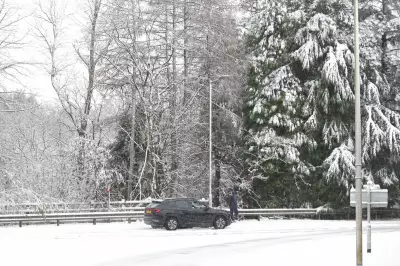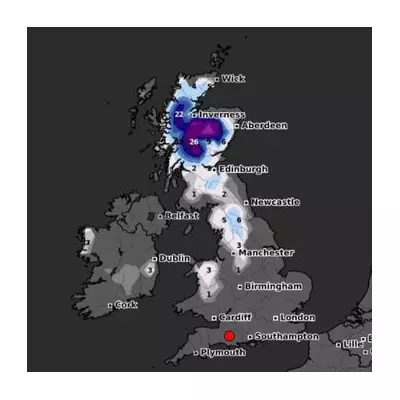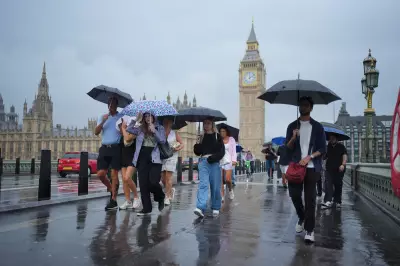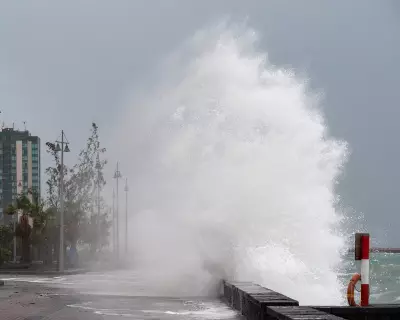
The confirmed death toll from a series of devastating landslides on Indonesia's main island of Java has risen to 23, officials confirmed on Thursday, 20 November 2025, as rescue teams recover more victims.
Heavy seasonal rains triggered the catastrophic mudslides last week, burying dozens of houses in multiple villages across Central Java province. The search continues for 28 people who remain missing.
Rescue Operations in Cilacap District
In the Cilacap district, rescue workers dug through tons of mud and rubble with nearly two dozen excavators. According to Abdul Muhari, spokesperson for the National Disaster Mitigation Agency (BASARNAS), four more bodies were retrieved on Wednesday.
This grim discovery raised the local death toll to 20 people. The search is ongoing for three individuals still missing in this area.
In response to the disaster, local authorities have announced that 296 houses will be relocated from the landslide-prone area within the next six months. Each affected family will receive 600,000 rupiah (£36) per month in compensation while they wait for their new homes.
Banjarnegara District Also Struck
A separate landslide in the Banjarnegara district on Saturday buried at least 54 houses and forced nearly 1,000 residents to seek refuge in government shelters.
Rescuers retrieved one more body from this area on Wednesday, bringing the local death toll to three. A massive operation involving more than 500 rescue personnel is underway to find 25 people reported missing there.
Official images from the disaster agency show the scale of the destruction, with once-green terraced rice fields transformed into a landscape of murky mud, rocks, and uprooted trees.
A Recurring Threat
These tragic events highlight a recurring problem for the archipelago nation. Seasonal downpours frequently cause landslides and floods in Indonesia, where millions of people live in vulnerable mountainous areas or fertile flood plains.
The combination of rugged terrain, intense rainfall, and dense population in these regions often leads to such natural disasters, challenging the country's disaster response capabilities year after year.





